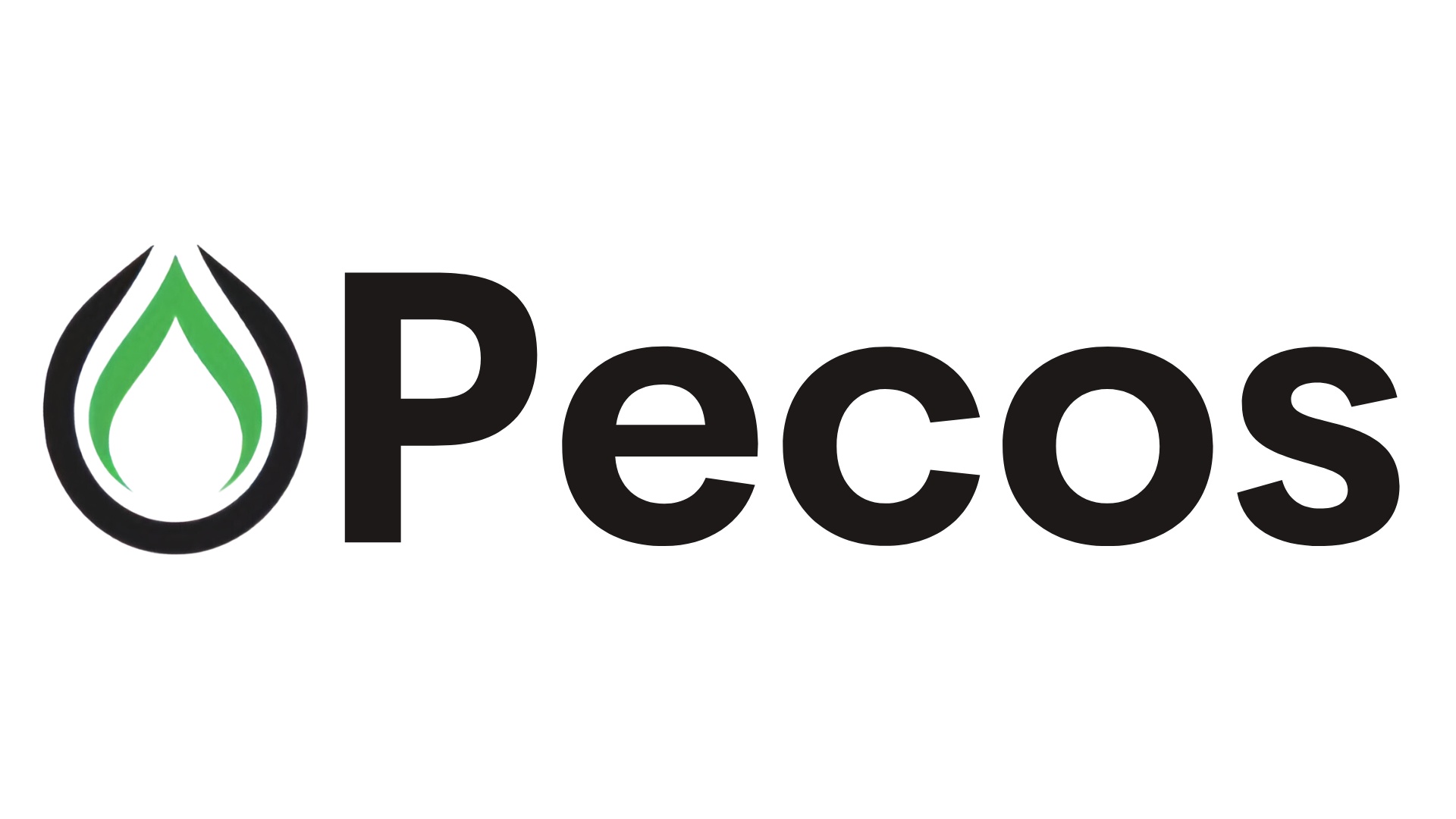Energy News Beat
China is fighting back, but other countries will struggle to respond.
How Trump’s Tariff Policy Will Shape the World
China is fighting back, but other countries will struggle to respond.

February 7, 2025, 4:01 PM Comment iconView Comments ()

Prefer to listen? To hear this entire conversation, and more episodes in the weeks ahead, follow Ones and Tooze wherever you get your podcasts.
U.S. President Donald Trump’s tariff policy is at once clearer, and harder to get a handle on, than it was when he took office. Trump has made a flurry of tariff threats against Canada and Mexico that have since been postponed. But he has also imposed a sweeping 10 percent tariff on products—added atop previous tariffs imposed during the Biden and first Trump administrations—imported to the United States from China.
Are the motivations of the various advocates for tariffs consistent with one another? Is the creation of economic pain the fundamental point of tariffs? And what can the world do to counteract Trump’s tariff threats?
U.S. President Donald Trump’s tariff policy is at once clearer, and harder to get a handle on, than it was when he took office. Trump has made a flurry of tariff threats against Canada and Mexico that have since been postponed. But he has also imposed a sweeping 10 percent tariff on products—added atop previous tariffs imposed during the Biden and first Trump administrations—imported to the United States from China.
Are the motivations of the various advocates for tariffs consistent with one another? Is the creation of economic pain the fundamental point of tariffs? And what can the world do to counteract Trump’s tariff threats?
Those are just a few of the questions that came up in my recent conversation with FP economics columnist Adam Tooze on the podcast we co-host, Ones and Tooze. What follows is an excerpt, edited for length and clarity. For the full conversation, look for Ones and Tooze wherever you get your podcasts. And check out Adam’s Substack newsletter.
Cameron Abadi: The advocates for tariffs who have coalesced around Trump in recent years have motivations that are potentially in tension with one another. On one hand, there are industrial policy goals focused on building specific industries up in the United States. And then there are calls for the creation of a “bounded market” in the United States. Are these philosophies consistent with each other?
Adam Tooze: Yeah. I mean, if you wanted to make them in tension with one another, you could say that one way of thinking about the difference is whether or not you trust yourself to identify winners. Advocates of industrial policy believe that it’s incumbent on policy to attempt to pick winners, to identify sectors that matter, and to promote them. And you can do that by tariffs. And classically, this would be an infant-industry-type argument that was widely adopted in the U.S. in the 19th century. So in this country it has a real historical legacy. It’s been widely adopted in the developing world, sometimes very successfully, sometimes less so. The risk, of course, is that if you build an infant industry safety net, if you like, then the industries never graduate to being really competitive. But if you believe in economies of scale and regional economies and learning by doing and all of that good stuff that Paul Krugman and his generation of trade economists taught us in the ’80s and ’90s, then you believe in the possibility of seeding economic growth and industrial concentrations and efficiency— we’ve talked about this in so many different episodes of this show over time—and then you watch it grow. But you really do have to believe in your ability to pick winners, to identify what those sectors are. And you have to believe that the U.S. has the wider infrastructure, whether it’s in solar cell manufacturing or in chip manufacturing, to support such a push. And it’s a high bar. So that’s one line of argument and that’s, I think, really quite bipartisan at this point.
The other line of argument is to say, well, I’m not going to make choices, I don’t believe I can or I don’t believe I should, but I can say that I think the existing state of things has been rigged to the disfavor of domestic producers over importers of foreign goods and consumers who get those cheap foreign goods, and that reduces their cost of living, and furthermore, I think that this state of affairs systematically rigs the struggle, which I acknowledge between different, you might call it politely, stakeholders in the capitalist game—or once upon a time we would have called it different classes—it rigs it in favor of capital, which can go anywhere in the world and can employ whoever against labor. And in an optimal case—this is Oren Cass’s argument—when capitalism is good, when we should support it, that struggle between capital and labor is kind of win-win. Businesses have an interest in having highly skilled, highly motivated workforces and, of course, workers have an interest in being paid well and developing their skills. And in win-win situations, he describes it as people being closed in a room and needing to find a bargain. And if you open the room and let other people in, then it becomes much more difficult to broker that bargain. And that’s his account of globalization. He thinks of globalization as having fundamentally undermined the conditions for a healthy capitalism. And that is a kind of nice, ironic twist, right, because everyone who was a kind of committed ideologue of capitalism was in favor of globalization, and he’s arguing that really they’re in contradiction with each other. And so what you need to do in that case is just shift in general the trade-offs between importers and exporters, between domestic production and foreign production, and create the conditions within the United States or any other society for a better deal between capital and labor.
And I think the pushback there will be to say, “Right, OK, that’s really compelling and quite a nice story; it’s just, is that really a reasonable description of what’s happened in the United States since, I don’t know, take your pick, since the 1960s?” When was the last time you thought American capitalism functioned well in a holistic sense? And I think most people looking at the globalization story would say, “Of course it’s happened, but relatively speaking, America is not a highly globalized society.” The entire story is of an increase of 10 percent of GDP, of, you know—the share of imports in GDP in the United States was 5 percent in the 1960s, which you would think of as Great Society, kind of holistic American capitalism working well to the American middle class as well, and it’s now 15 percent. So, that’s a 10 percent shift at the same time as America’s GDP has grown fivefold. So the distribution or the redistributional element of that import shock is really, it’s just not that large, right? The most dramatic estimates of the so-called China shock are, shall we say, 3 million jobs lost. America’s workforce is over 160 million, so we’re talking about small percentages. And there may be a demonstration effect, of course. There are certain sectors which have been very badly damaged, certain regions. You could say this spreads fear and changes the terms of the conversation.
But I think the pushback has got to be, “Look, Oren, this is a great argument. This is really, you know, this is smart conservatism, no doubt, but I just don’t think the quantitative shift would explain it.” If something has gone wrong in the bargain between American capital and American labor, which it surely has, why point the finger at globalization? And why not ask yourselves what domestic policy choices were made in that period which made globalization, when it happened, as painful as it was? Is this protectionist thing that you’re arguing for really just eyewash, just window dressing? The fundamental shift in the balance of power, which has happened, you see it in all of the data, is really a domestic story. So that would be the knock on that side of the argument.
CA: Whatever the specific goals are, can tariffs only work by creating some kind of domestic disruption? Either supply chains need to be disrupted or prices need to rise as the birth pangs of whatever new order is trying to be created—and so isn’t the pain, to some extent, the point of the tariffs?
AT: Yes. I think that’s an absolutely clear and helpful analysis. And it’s two types of pain. One is that in the new equilibrium, you want there to be redistribution, and you want to redistribute from those who benefit from the existing global setup to a new set of beneficiaries. And what you’re effectively saying is you’re going to take something away from American consumers. If you went down the capital controls route, we’re going to take a great deal away from Wall Street, and what we’re going to do is favor Americans as workers. And that would be a redistributive strategy. And the policy will only succeed if you actually bring that about. So some people will suffer pain, some people will suffer benefit. And this is the logic of structural adjustment over time.
And liberal economics in the 19th century, when the changes were much, much more dramatic—like the things we’re talking about structurally now are tiny, little shifts, a few percentage points here or there, whereas in the 19th and early 20th centuries, we were talking about the de-ruralization of the world, right? Americans stopped being farmers, moved to the cities, took service and industrial jobs on a huge scale. And in Europe it was even more so. And Europeans and then Asians, of course, migrated to the United States in huge numbers. So massive, convulsive, hugely complex trade-offs. And then there is also, quite aside from that, there are sunk costs in the existing system. So building a supply chain is expensive; it requires investment. And some of those will no longer be relevant in the new era.
Like China, for instance, did a lot of work to shift its supply chains to the United States into Vietnam and Mexico. The Vietnam case is really extraordinary. Vietnam now has a larger trade surplus with the United States than Germany. And if you think that’s because Vietnam did it, I think, you know, I’ve got a bridge I’d like to sell you. Like, that’s clearly Chinese business relocating to Vietnam and using Vietnam as an export base. So if now the Trump administration moves to impose serious sanctions on Mexico, and it’s a big if, that diversion strategy will have paid off for a few years, but, you know, the bluff will now be called. So, yes, there is a real cost. And the administration, I mean, it’s just engaging in its wishful thinking when it says, “No, no, no, no. This will be good for everyone all the time.” It’s silly.
If you do our best guess of the math, you know, how big are these effects, one of the things that one again and again concludes from trade modeling is that the costs and the benefits are not huge. They’re real, and they will hit certain communities very hard, as in the case of the China shock. If you were in the business of making sweatshirts, you got destroyed by Chinese imports in the early 2000s. But obviously they’re a tiny part of the U.S. economy. So it’s real, it’s pervasive effects, but they are incrementally, relatively small unless you get into the territory of really bonkers kind of tariffs. But in certain supply chains, they will really, really disrupt them. So the North American auto industry, as it’s currently set up, cannot deal with a 20 percent, 25 percent levy on trade between Mexico and Canada because any given motor vehicle sold in the United States, all its parts cross those boundaries, the number that people quote is eight times. So every single time they cross, they would be subject to this tariff, which would just escalate the prices in an absurd way. That supply chain can be rejigged, but if the policy was imposed immediately, without any kind of concessions, it would have a paralyzing effect.
CA: What would it mean for the rest of the world to cooperate against the United States and its economic power here? Is it conceivable that other states could find ways of cooperatively coercing a change in policy?
AT: Well, I mean, the world could do things like Americans do, which is, exactly, impose export controls. I saw rumors on Bloomberg this morning about China limiting tungsten supplies to the world market. You could sanction individual firms. So you could go after Elon Musk, you could go after Apple, you could go after the platform businesses. The EU has talked about this. China obviously knows that those would be two very sensitive firms whose business model is heavily dependent on China they could go after. And that would simply be an analog to, say, what the United States has attempted to do to Huawei, the Chinese cellular network business. So you could do that.
But every time you do that kind of move, when you attack an American business or you try to push your own exporters not to sell to the United States, the problem of demand is posed. And the fundamental reason why America has the leverage that it does over the world economy are the macro imbalances, whether you view those through the globe’s desire for American financial assets, the Pettis view, or you view it from the mercantilist industrial production side, which would be that Germany, China, or the oil-exporting states, you know, pump more production into the world than they domestically consume. And that has to be absorbed by global markets.
And in those global markets, it’s not one-to-one, America doesn’t buy any oil from the Gulf, but America acts as a pump in the global demand system in a way that sustains the entire system. And that’s the fundamental problem. And it’s a good challenge. Ideally, it would be a good problem to have, right? This is the reason why Europe should be doing a debt-financed, large-scale fiscal program. And it should combine that with sanctions against the United States to offset the damage that you expect exporters will suffer in a trade war. This is the sort of thing America does, right? When it does this protectionism, it’s on the premise that the domestic economy is running super hot, so you can take the pain in the distributional struggle, it’s not the end of the world. But that is what you would have to do.
So for America’s antagonists in this trade-war situation, you can hurt the few American firms that really do operate transnationally and globally, you can limit your own exports to the United States, but if you’re going to do that, you then have to ensure that this isn’t ultimately just a huge loss of demand for your producers, which requires you to do an accommodating fiscal policy, and which is why people like the economist Michael Pettis, I think in entirely good faith, say, “This is going to be a wrench, but in the end, it’ll be good for everyone.” You know, it’s an analysis that derives from Hobson, the radical liberal from Britain—that these imbalances are very much to the detriment of the working class in Germany and the working class in China. And so a rebalancing would be good for, arguably in the long run, it’ll be good for everyone except the capitalist elite, the finance interest in the United States, and the corporate interests in Germany and China. They’re the group that really benefits from this unequal exchange.
Cameron Abadi is a deputy editor at Foreign Policy. X: @CameronAbadi
Adam Tooze is a columnist at Foreign Policy and a history professor and the director of the European Institute at Columbia University. He is the author of Chartbook, a newsletter on economics, geopolitics, and history. X: @adam_tooze
Read More

Trump’s Tariffs Are an Unconstitutional Power Grab
Declaring a national emergency to exact concessions is a ploy to seize authority.

China Responds to Trump’s Tariffs With Caution
Beijing has ended up the sole target of new U.S. tariffs—so far.
Sign up for Editors’ Picks
A curated selection of FP’s must-read stories.
By submitting your email, you agree to the Privacy Policy and Terms of Use and to receive email correspondence from us. You may opt out at any time.
✓ Signed Up
You’re on the list! More ways to stay updated on global news:
FP Live
✓ Signed Up
World Brief
✓ Signed Up
China Brief
✓ Signed Up
South Asia Brief
✓ Signed Up
Situation Report
✓ Signed Up
Latest
How Trump’s Tariff Policy Will Shape the World
February 7, 2025
America’s Economic Warfare Is Sowing Its Own Demise
February 7, 2025
The Novels We’re Reading in February
February 7, 2025
How Israel Deceived the U.S. and Built the Bomb
February 7, 2025
The Best International Films at the Oscars
February 7, 2025
Editors’ Picks
-
1
-
2
-
3
-
4
-
5
-
6
Latest
-
How Trump’s Tariff Policy Will Shape the World
February 7, 2025
-
Oscars 2025: Reviews of Best International Film Nominees
February 7, 2025
More from Foreign Policy
-

Russian President Vladimir Putin looks on during a press conference after meeting with French President in Moscow, on February 7, 2022. The Domino Theory Is Coming for Putin
A series of setbacks for Russia is only gaining momentum.
-

The container ship Gunde Maersk sits docked at the Port of Oakland on June 24, 2024 in Oakland, California. How Denmark Can Hit Back Against Trump on Greenland
The White House is threatening a close ally with a trade war or worse—but Copenhagen has leverage that could inflict instant pain on the U.S. economy.
-

Donald Trump speaks during an event commemorating the 400th Anniversary of the First Representative Legislative Assembly in Jamestown, Virginia on July 30, 2019. This Could Be ‘Peak Trump’
His return to power has been impressive—but the hard work is about to begin.
-

US Secretary of State Marco Rubio greets employees at the State Department in Washington, DC, on January 21, 2025. The National Security Establishment Needs Working-Class Americans
President Trump has an opportunity to unleash underutilized talent in tackling dangers at home and abroad.
Trending
Latest
-
How Trump’s Tariff Policy Will Shape the World
February 7, 2025
-
America’s Economic Warfare Is Sowing Its Own Demise
February 7, 2025
-
The Novels We’re Reading in February
February 7, 2025
-
How Israel Deceived the U.S. and Built the Bomb
February 7, 2025
-
The Best International Films at the Oscars
February 7, 2025
Sign up for World Brief
FP’s flagship evening newsletter guiding you through the most important world stories of the day, written by Alexandra Sharp. Delivered weekdays.
By submitting your email, you agree to the Privacy Policy and Terms of Use and to receive email correspondence from us. You may opt out at any time.
✓ Signed Up
The post How Trump’s Tariff Policy Will Shape the World appeared first on Energy News Beat.









